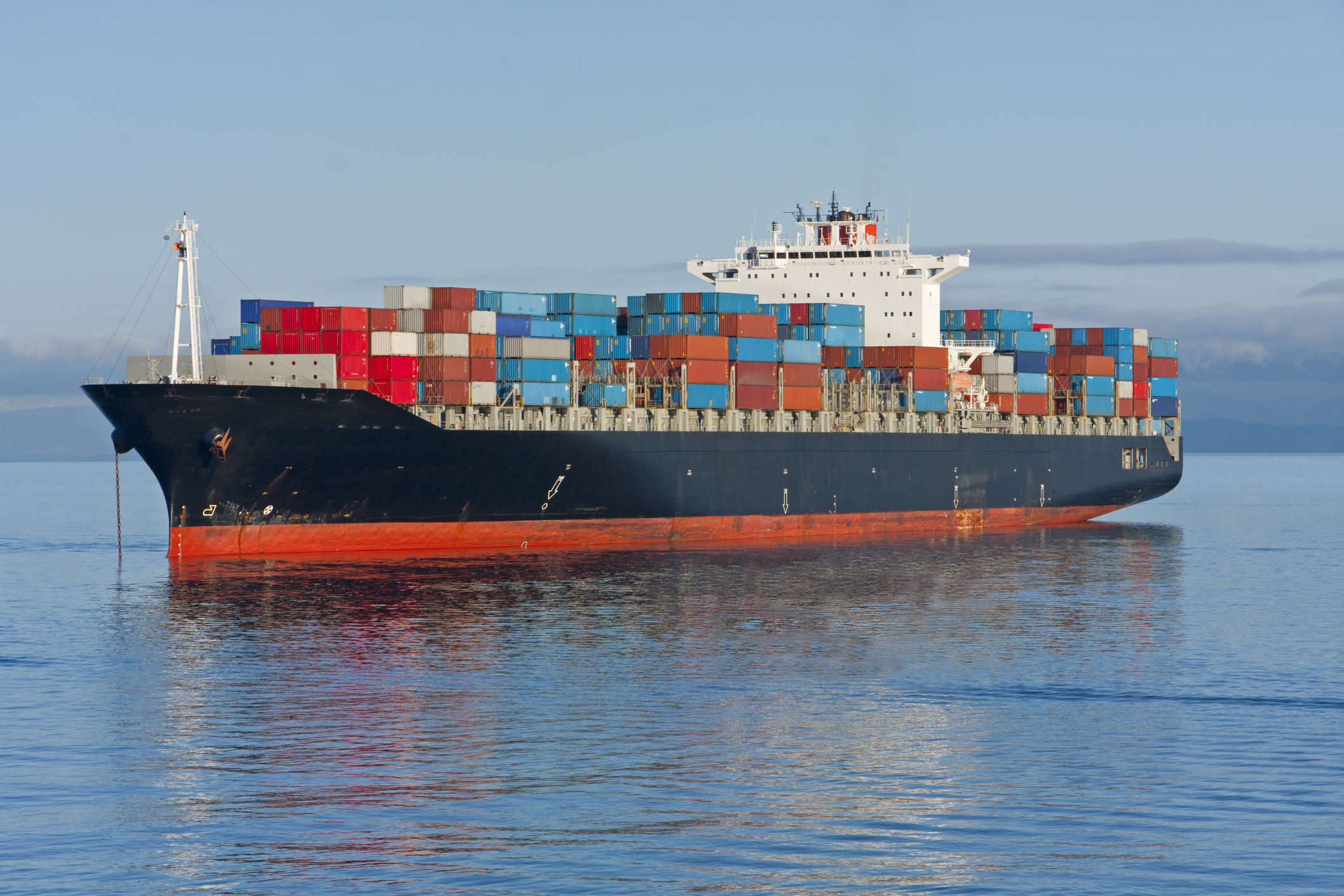Table of contents
Topic of the week:
Whilst the freight industry has been taken over with news of the Red Sea Crisis, some good news has been happening over the last month. After months of drought caused the Panama Canal to reduce daily shipping transits significantly and implement new restrictions, the canal has returned to full capacity. The Panama Canal Authority (PCA) is now looking at ways of strengthening this important shipping route in case of future events similar to last year.
At the end of May the Panama Canal was once again returned to full working capacity, designed to withstand around 36 transits per day, with liner services that had been affected by last year’s drought back to their regular operations. It is only natural to question the possibility of such events and limitations occurring again and causing further limitations. With this in mind the PCA are now exploring alternative methods in order to protect the Panama Canal against future challenges. This week, the canal administrator, Dr Ricaurte Vásquez Morales revealed that the PCA are looking at ways to “further enhance the canal’s reliability”. Commenting on the current challenges that the industry faces, he stated, “We’ve witnessed first-hand over the past year how these risks can disrupt global trade.”
One solution that the PCA believes to be promising is by opening a new reservoir allowing the canal extra capacity with around 11 further transits per day. Dr Vásquez Morales also noted, “The diligent use of the reservation system for all vessels, necessitated by the challenges posed by the drought, notably enhanced the canal’s reliability.” This pre-booking system helped to mitigate the fallout caused by restricted capacity and booking slots, and the PCA now look to making this system a permanent fixture for the Panama Canal. The system has been shown to “significantly reducing waiting times” and is now aiming to “make this reservation system more permanent, even as transit volumes begin to normalise, to further enhance the canal’s reliability.”
Whilst these implementations seem promising their likeness is currently in question, especially as the construction of a new reservoir would require government support as well as the communities that live in the surrounding areas. However in times of adversity and uncertainty caused by the Red Sea crisis it is good to see some return to normality within the industry.
Sea:
- Over the last two weeks China/East Asia to North America West Coast spot rates have increased by 48% from $3,404/FEU to $5,030/FEU according to Freightos data.
- China/East Asia to North America East Coast spot rates have fallen over the last two weeks, increasing by 43% to $6,723/FEU.
- Global container spot prices have risen over the last two weeks, and are now sitting at $3,487/FEU, a 36% increase over the last two weeks, but a 142% increase from spot rates this time in 2023 according to the Freightos Baltic Index (FBX)

Air:
- Global Air Freight spot rates currently sit at $2.38, as rates continue to fluctuate according to the Freightos Air Freight Index (FAX)
- Europe to Northern America spot rates currently sit at $1.70 (100-3000kg), says FAX, decreasing by 3.9%
- Europe to Asia, Greater China spot rates currently sit at $1.31 (100-3000kg), says FAX, decreasing by 1.5%

That’s all for this week’s update…
Check out our other insights and articles for more in depth industry news and trending topics, or get in contact to discuss some of our best in class freight forwarding services!



